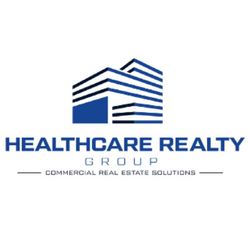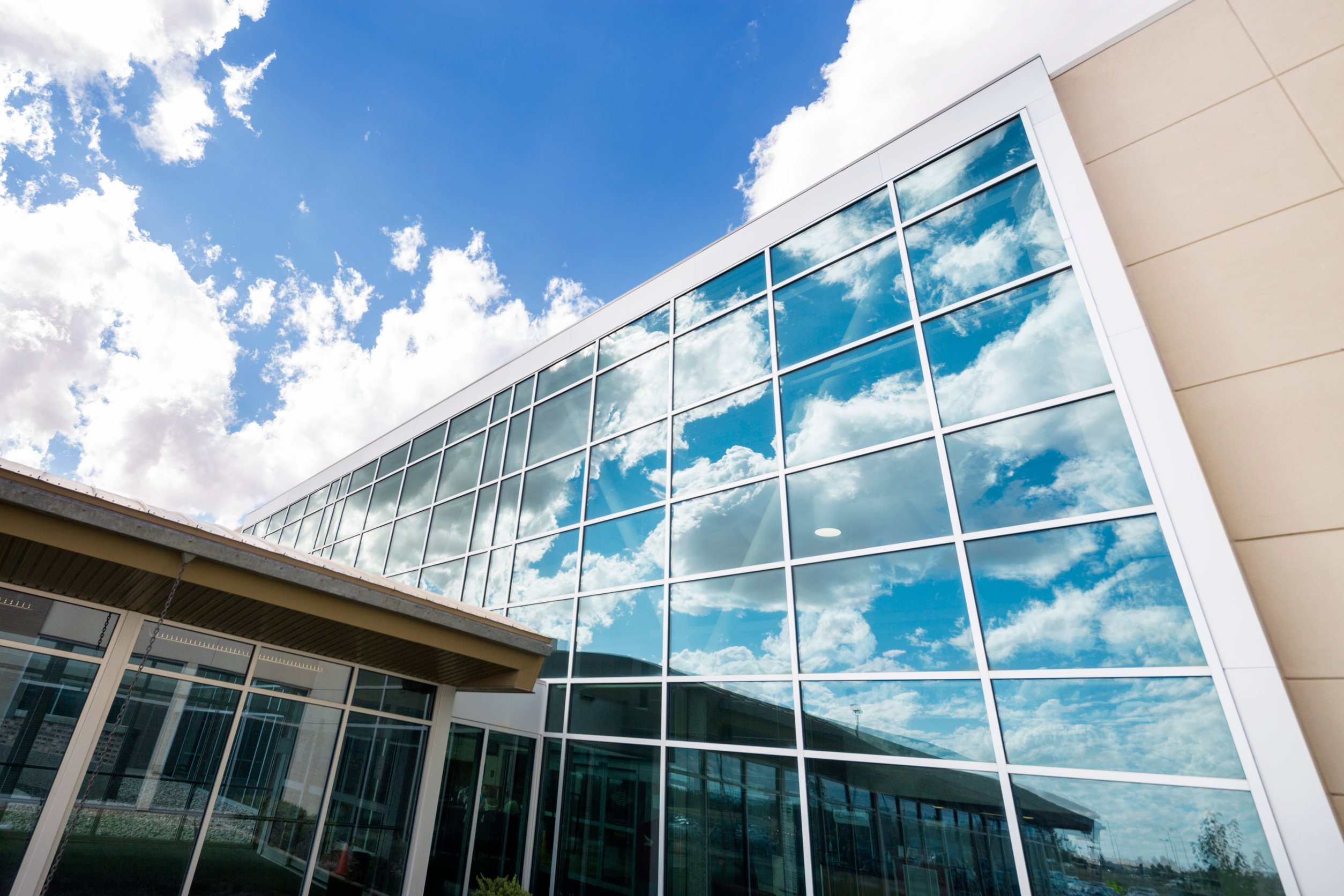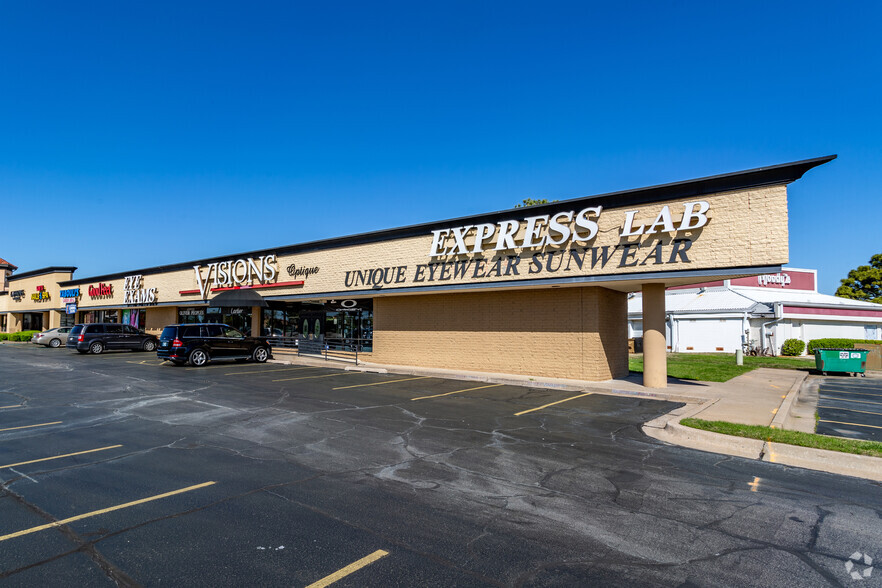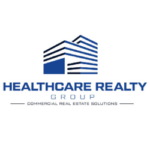As a real estate investor, you understand the importance of location when it comes to maximizing your return on investment. But when it comes to healthcare-related investments, location is only part of the equation. As a landlord in the healthcare sector, you need to be aware of the factors that can affect rent rates and tenancy, such as proximity to hospitals, tenant buildouts, and tenant improvement (TI) packages. Here’s an overview of what you need to know about leasing in the healthcare sector and how you can maximize your return as a landlord.
Proximity To Hospitals
If your property is located near a hospital campus or medical center, you may be able to charge higher rent rates than other landlords in the same market who are not in such close proximity. Not only will this increase your rental income, but it may also make it easier for you to fill vacancies since locations near medical centers often attract medical tenants.
Tenant Buildouts
The buildout of your property can significantly impact its value and desirability for potential tenants. If your buildout allows for multiple types of medical use, it may be easier for you to fill vacancies since more options are available within one building. Additionally, if you have space that can accommodate larger tenants, that too could make it easier for you to find qualified tenants—and potentially command higher rents—in the future.
Tenant Improvement Packages
In order to attract potential tenants quickly and efficiently, landlords should offer competitive TI packages within their market. A good TI package should include any improvements needed for tenant customization, including HVAC systems, IT infrastructure upgrades, lighting fixtures and other necessary structural updates. Offering competitive TI packages will make it more attractive for potential tenants and help ensure that vacancies are filled quickly with high-quality tenants who are willing to pay the asking rental rates.
When investing in healthcare properties as a landlord, understanding your target market is key if you want to maximize your returns on investment. By researching local rent rates, familiarizing yourself with nearby hospital campuses and health systems, offering competitive tenant improvement packages and understanding factors that influence tenancy, such as buildouts and amenities offered at your facility –you can ensure that your rental income is maximized while still providing excellent service and value to healthcare-related tenants at all times.
Attracting Complementary Tenants and Building Strong Relationships
As a landlord, it is important to have a clear idea of the type of tenants you want to attract to your medical office building. This will help you plan for buildout costs and determine the rent you can charge over time. In the healthcare industry, buildout costs can be significant due to the specialized infrastructure that may be required. However, these higher costs may be offset by the fact that healthcare tenants tend to stay in a space for longer periods, providing a reliable source of monthly income.
When searching for tenants, consider their range of services and how they may complement each other. For example, a primary care office and a physical therapy center may both attract patients from one another due to their proximity. Having complementary tenants can encourage both parties to stay in your facility for longer periods.
If you have a large medical office building, hosting a large healthcare system as a tenant may be advantageous. This will typically provide multiple practices under one roof, but you would still work with the system as a single tenant. The healthcare system benefits from having all of its practices in one location, and you benefit from having a well-known tenant.
Additionally, having a large, established healthcare system as a tenant can help you weather economic downturns and maintain a consistent stream of income. By taking these factors into account, you can attract and retain high-quality tenants for your medical office building.
Selecting the Right Broker and Landlord Representation
When beginning the search for the right commercial real estate broker and landlord representation, it is important to consider several factors. The most important factor is ensuring that the broker and landlord representative have experience in the local market and with medical real estate. Having a thorough understanding of the regional economy, tenant requirements, and occupancy rates will be invaluable when negotiating deals. Additionally, understanding current zoning laws can benefit those looking for certain properties or locations.
It is also important to research different types of services that brokers offer beyond just sales and leasing. Some brokers specialize in development, while others provide research on trends in the local market or offer property management services. It is important to consider if these services are necessary or beneficial to your needs as a landlord or investor.
Smart Leasing Tactics are Key to Success in Medical Real Estate Investing
When it comes to medical real estate investing, smart leasing tactics are essential to success. Leasing out space in a medical building or facility can be both complex and time-consuming, but it is an important step in ensuring a profitable investment. Smart leasing requires researching the local market and staying up-to-date on changes in healthcare regulations and industry trends. Investing in medical real estate also involves understanding the needs of tenants and how their businesses will operate within the given space.
It is important to consider the length of lease agreements when negotiating with prospective tenants. Short-term leases often require more frequent renewals, so investors should be aware of this when considering options for their investments. As healthcare continues to evolve and change, it’s also important to keep tenant expectations up-to-date with any changes that could affect their business operations. Additionally, medical buildings may require additional tenants or services over time to maintain occupancy rates; being able to market these changes effectively can secure more lucrative long-term leases for investors.
In addition to considering the terms of the lease itself, investors must also stay mindful of taxes, insurance costs, and other expenses associated with owning a medical property. While these costs may seem like an afterthought compared to leasing negotiations, they can quickly add up over time if not accounted for properly. It’s wise for investors to consult with qualified experts who specialize in tax law or insurance coverage for medical facilities before signing any lease agreements or making any investments.
Overall, smart leasing tactics are key to success when it comes to investing in medical real estate. From understanding tenant needs and local market conditions to accounting for taxes and insurance costs – savvy investors prioritize all aspects involved in intelligent leasing decisions before signing off on any agreements or purchases. This attention to detail ensures that their investments are both profitable and sustainable over the long term.






